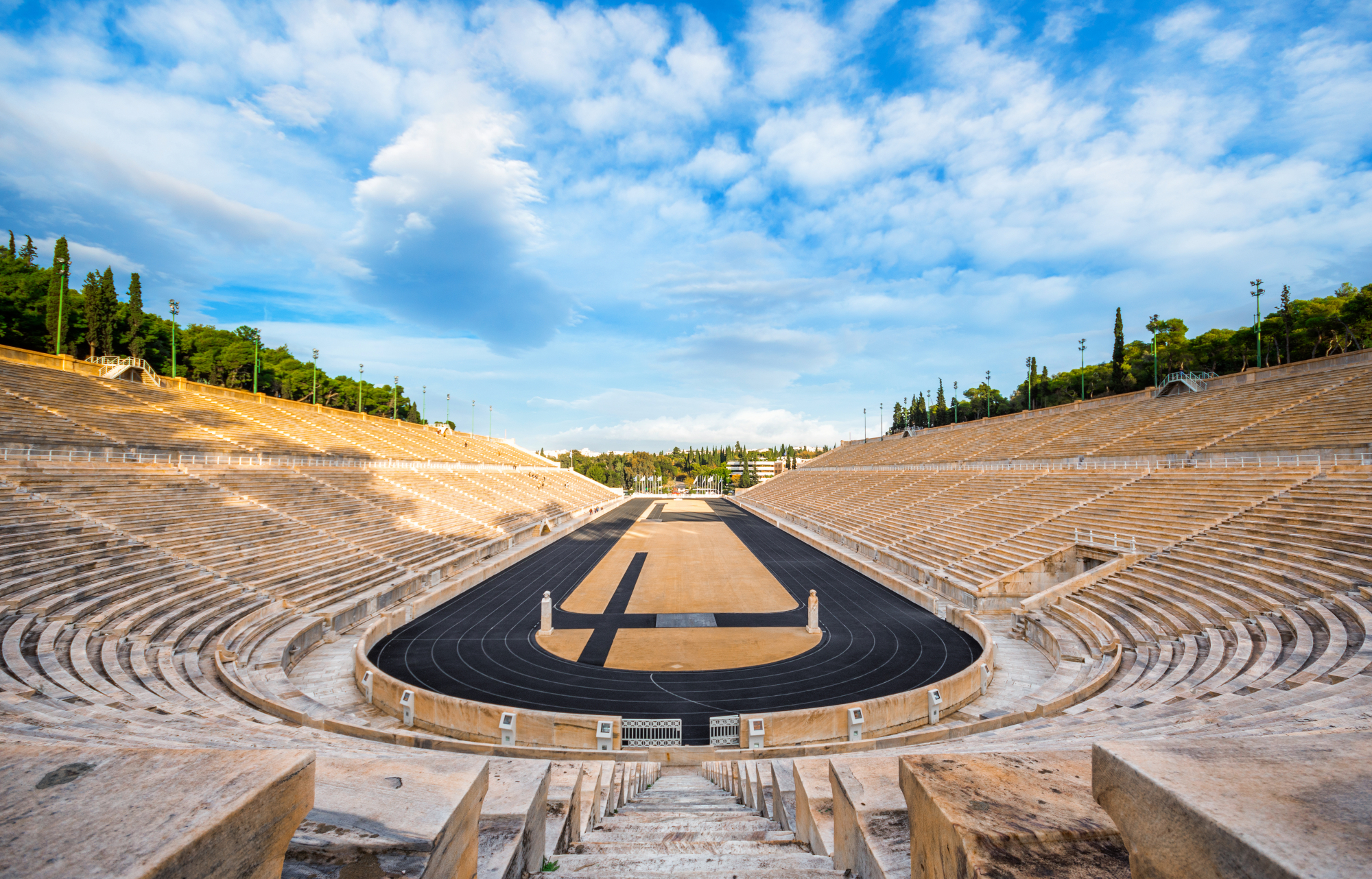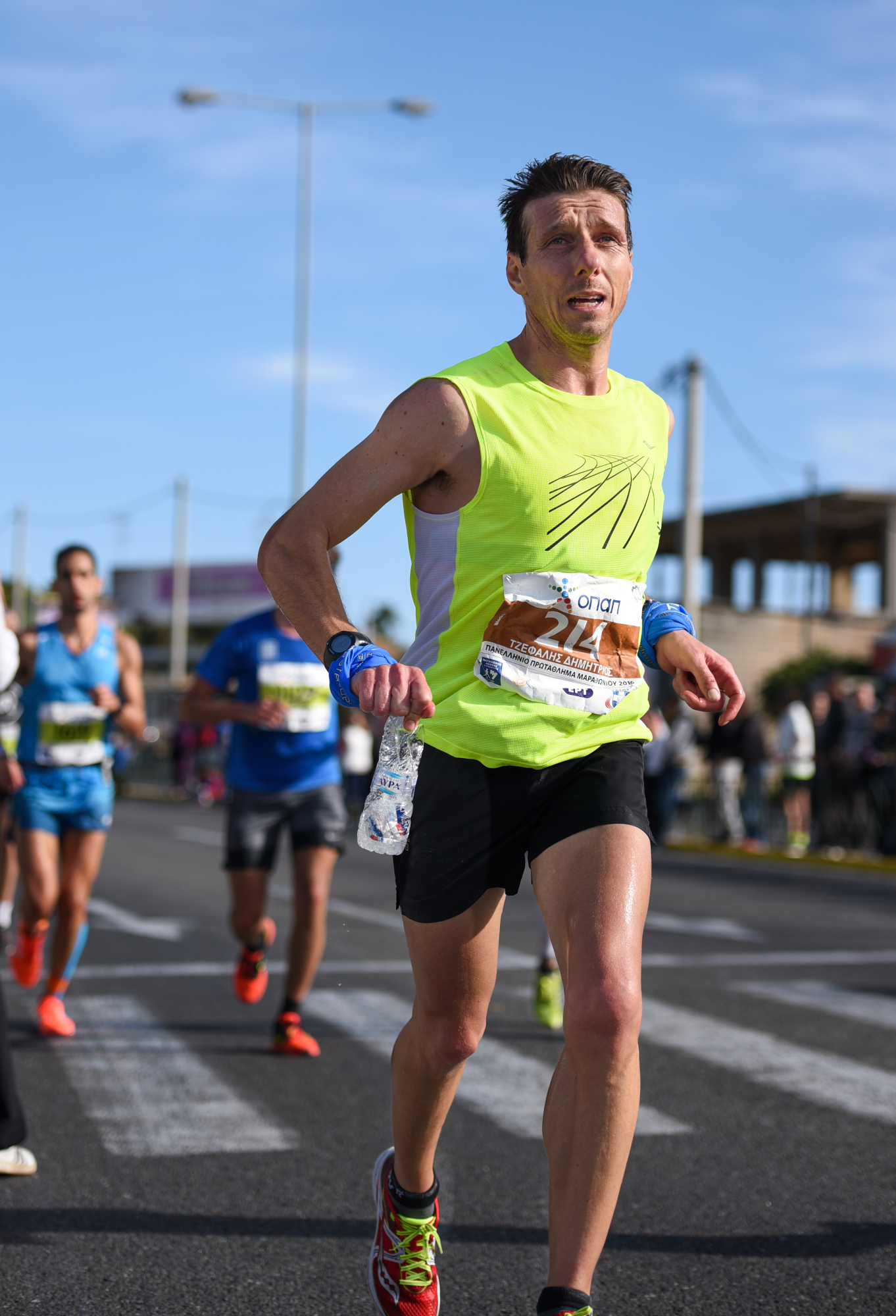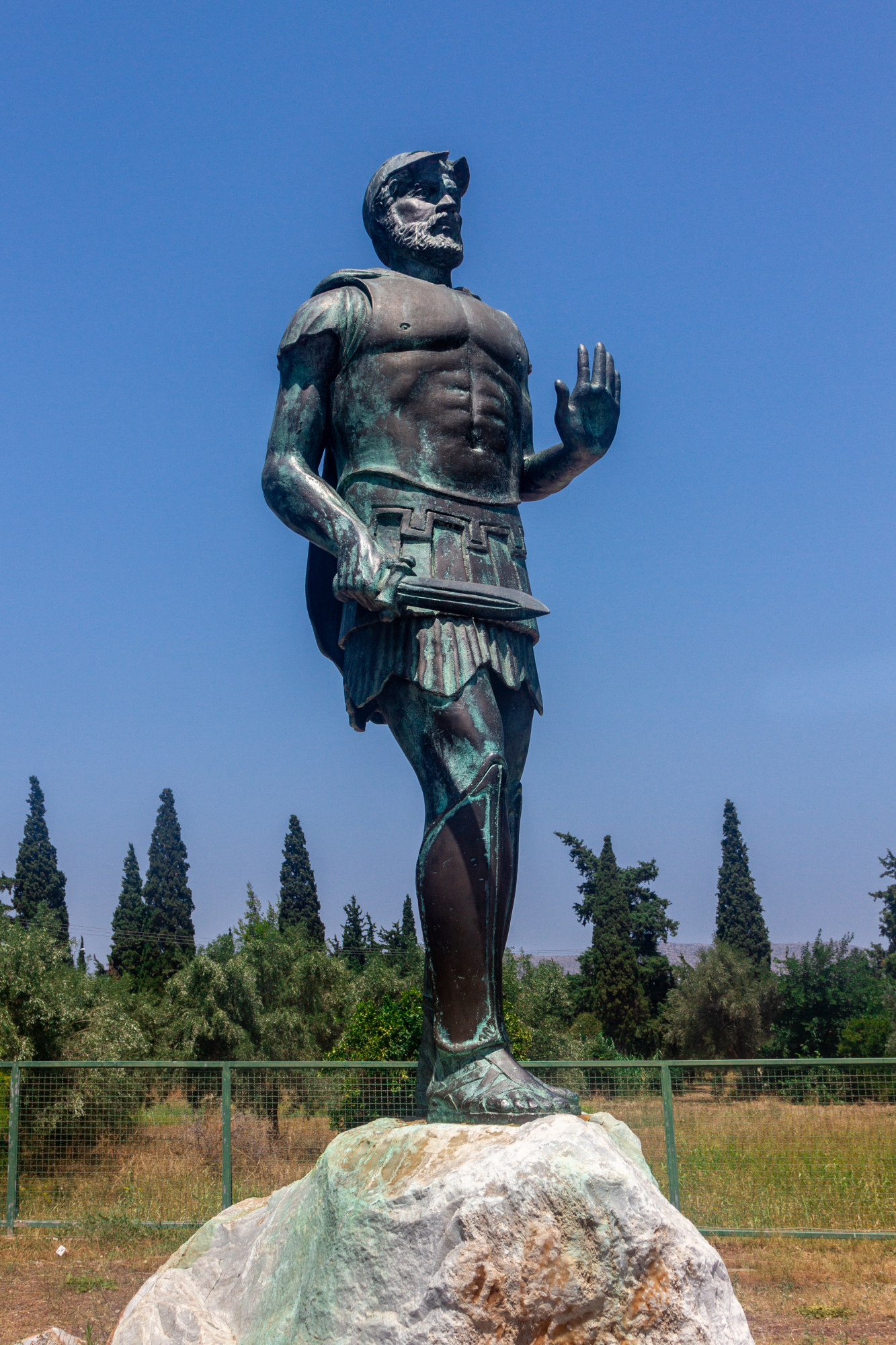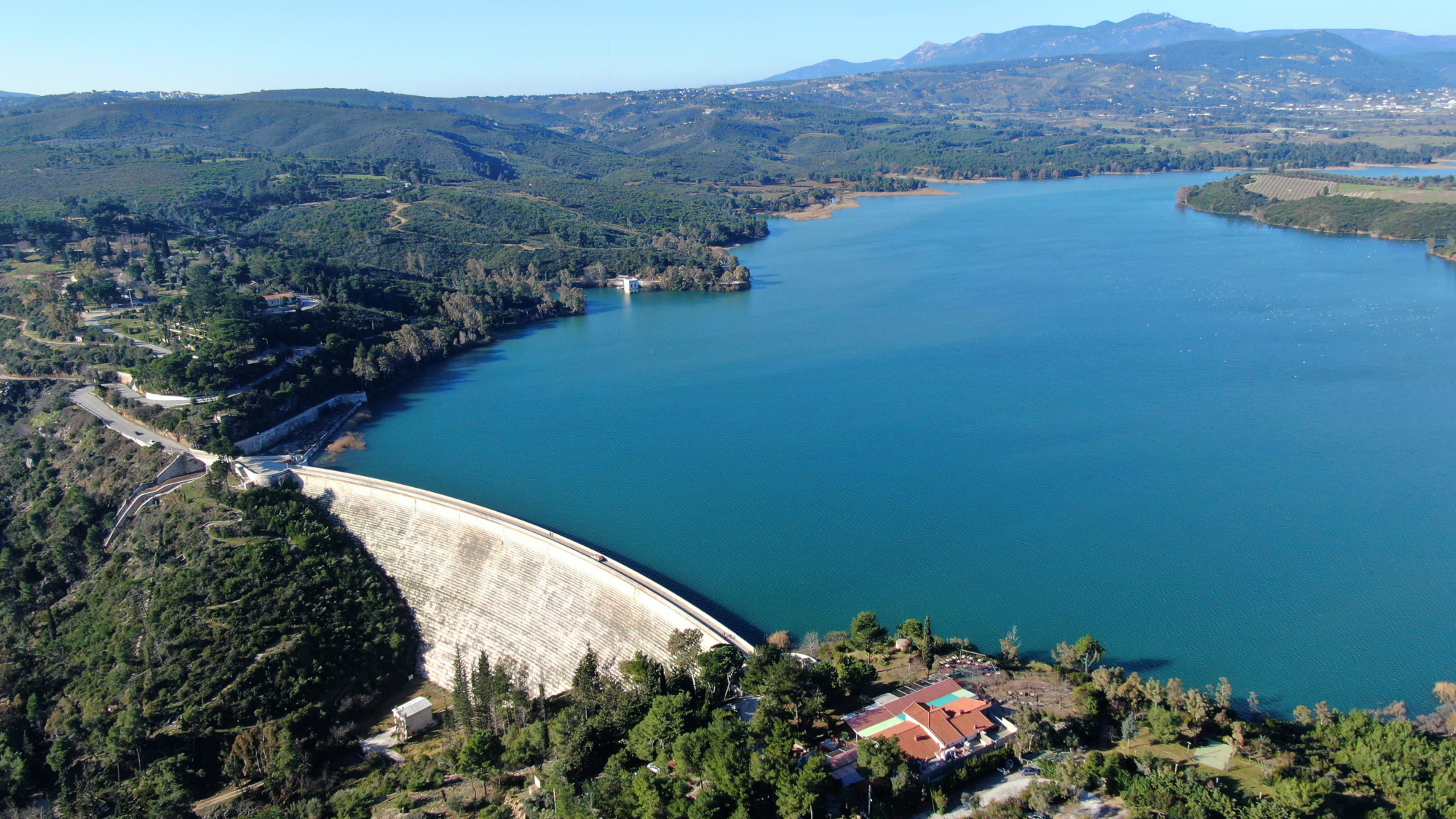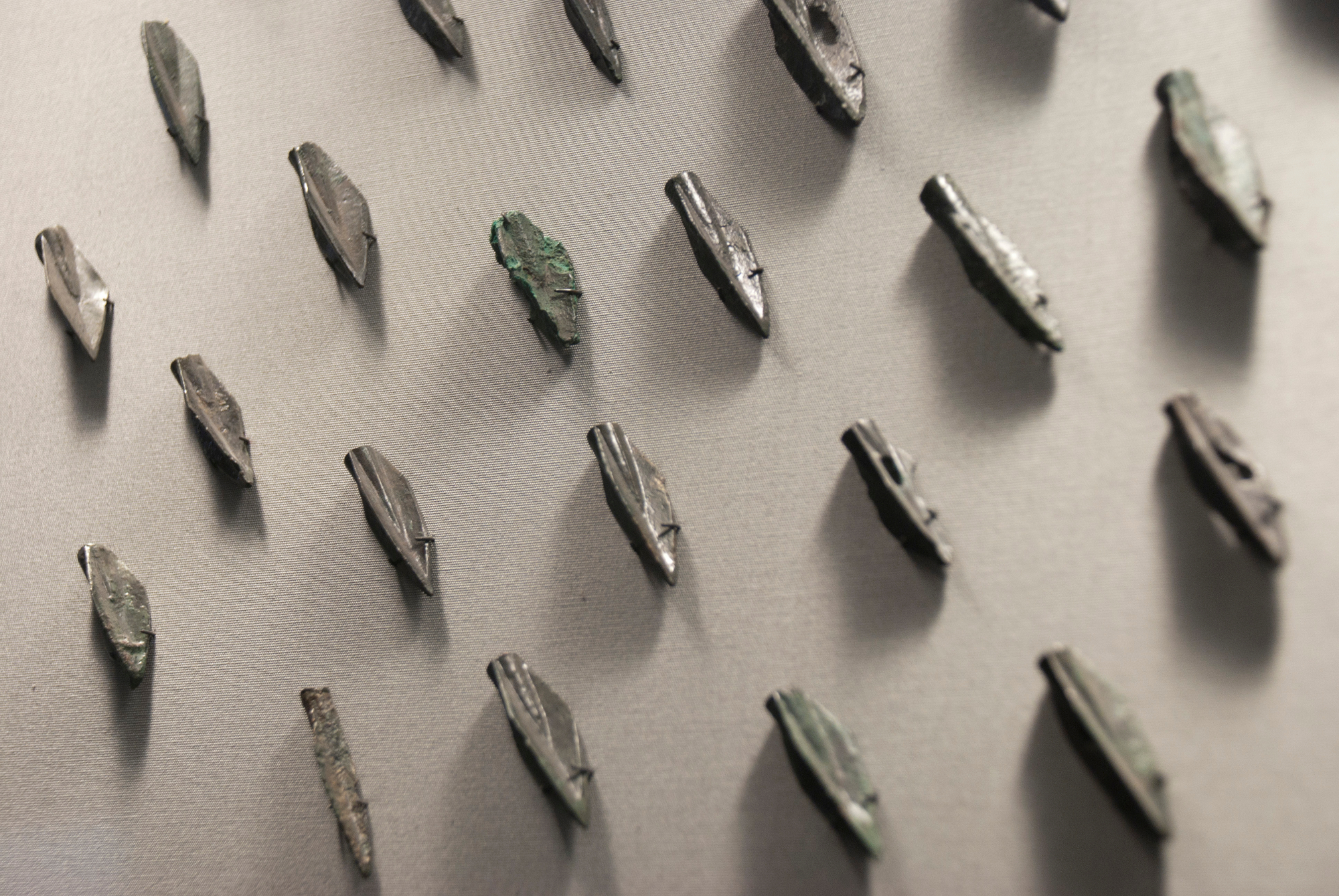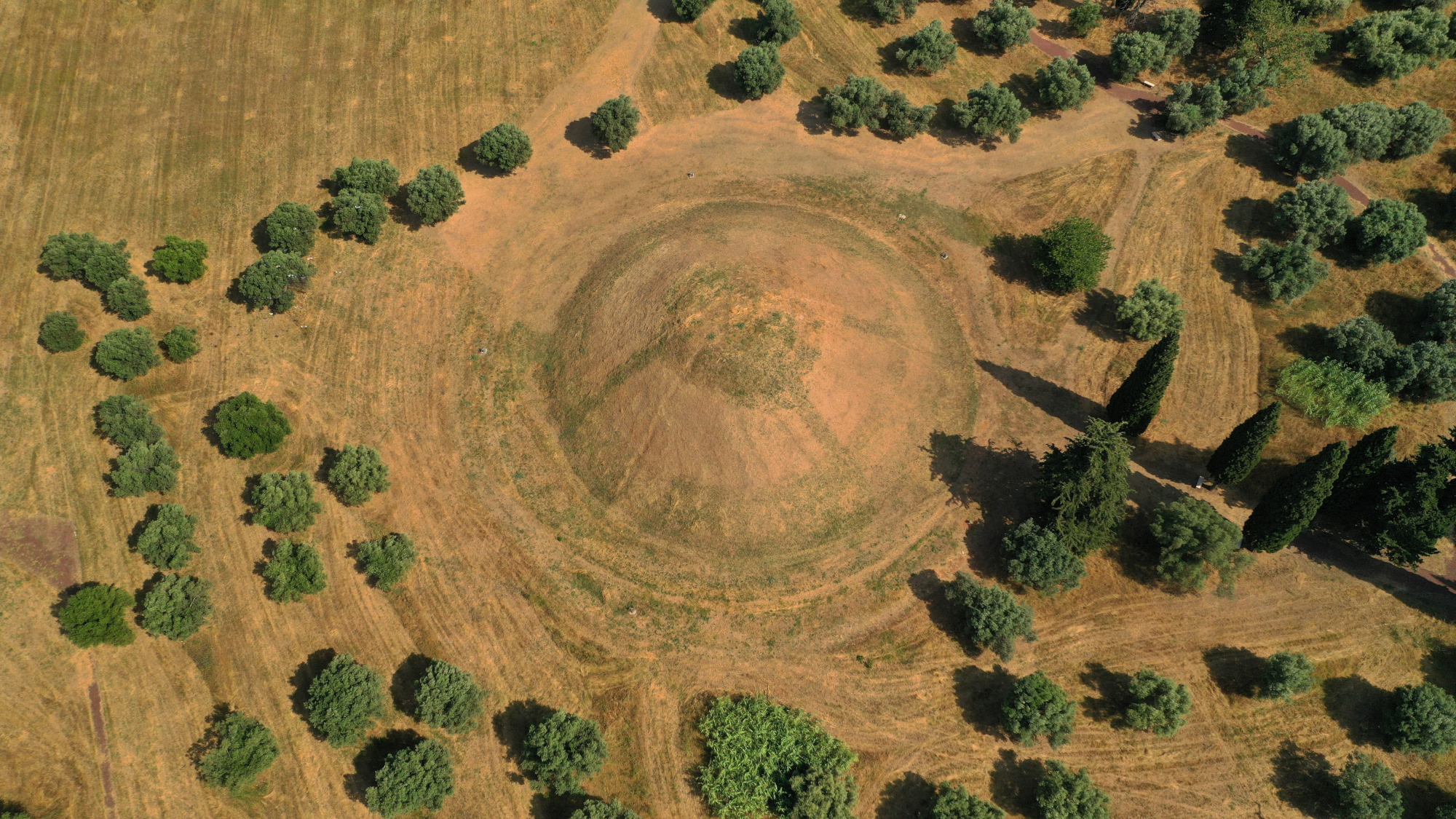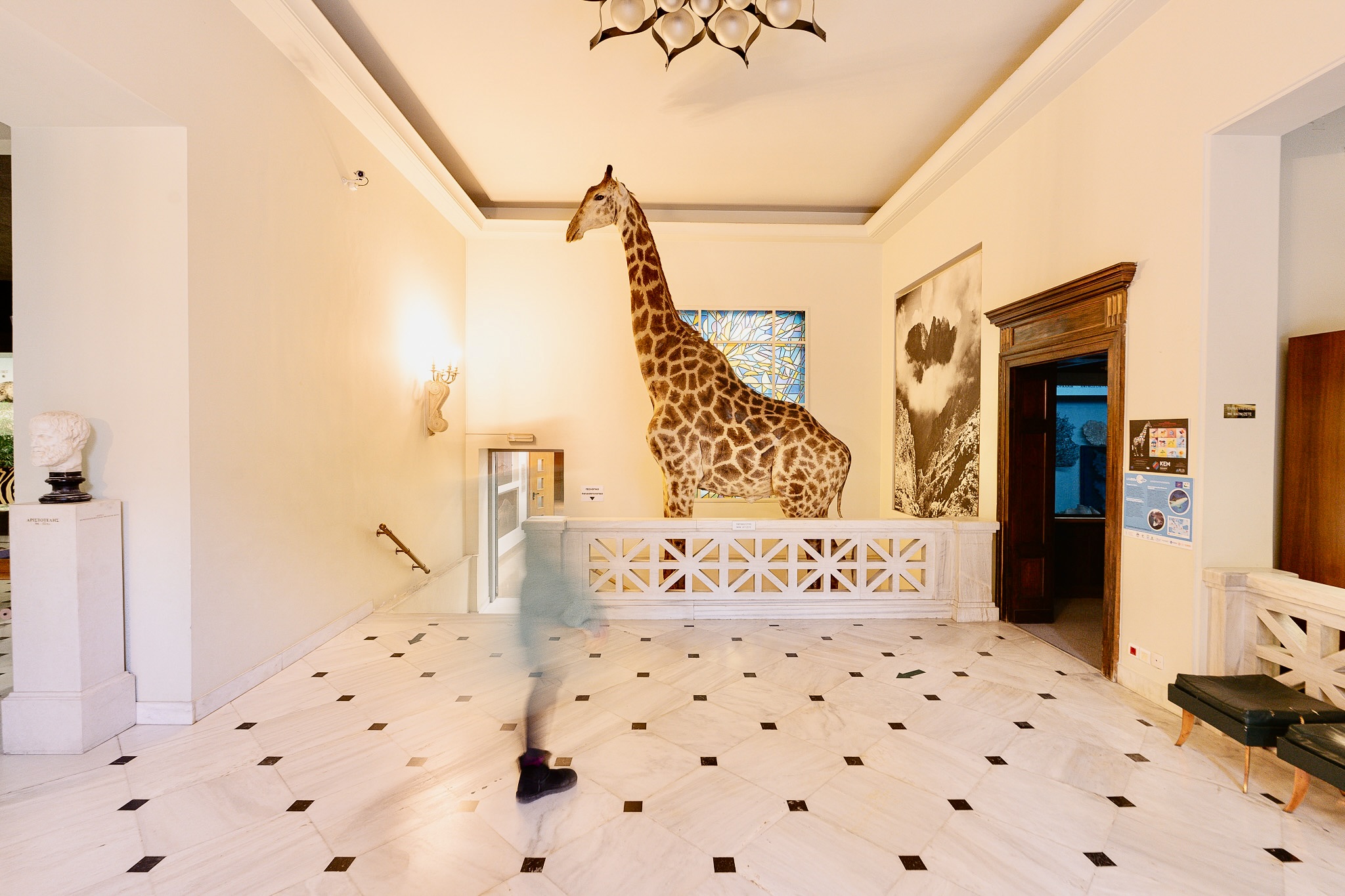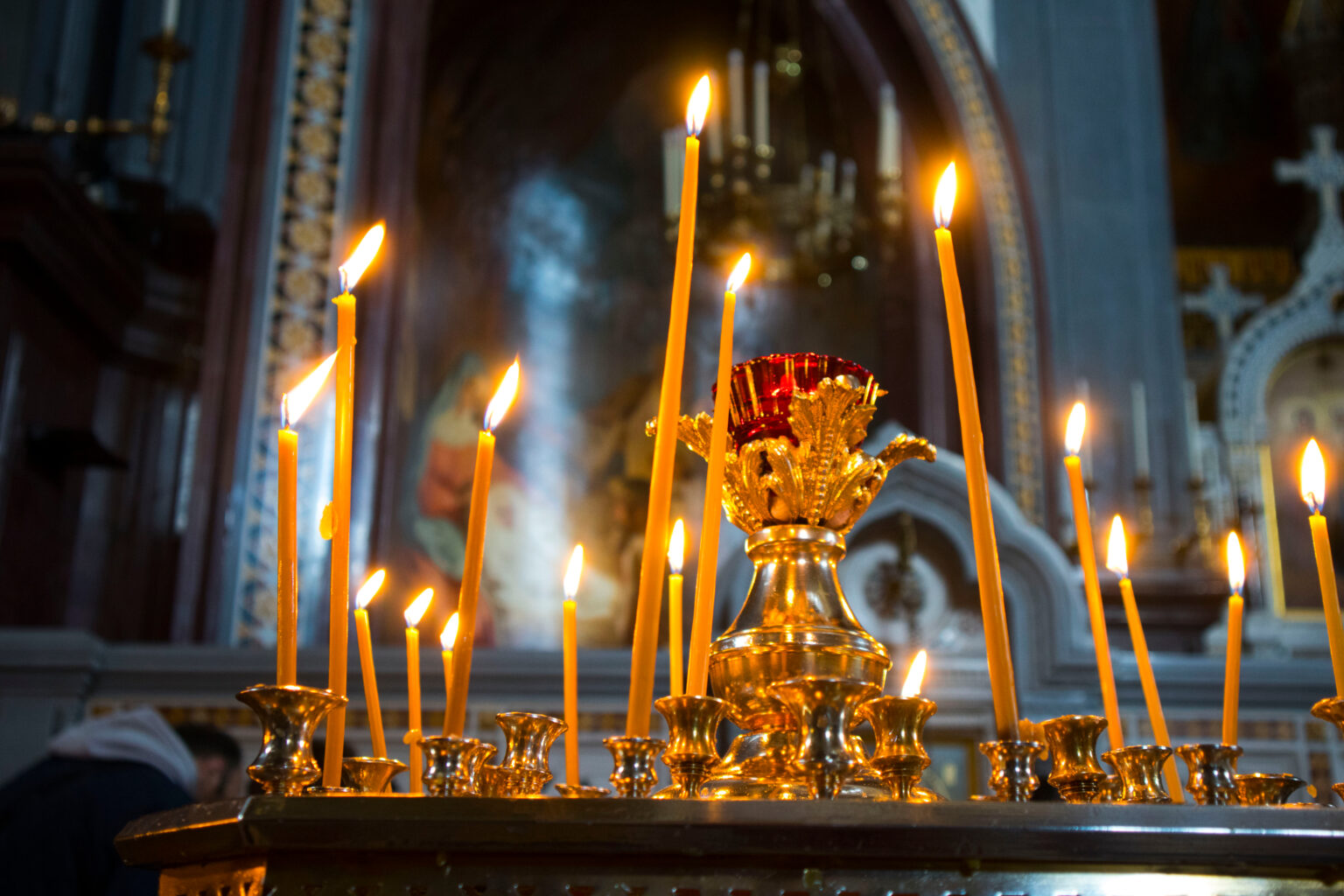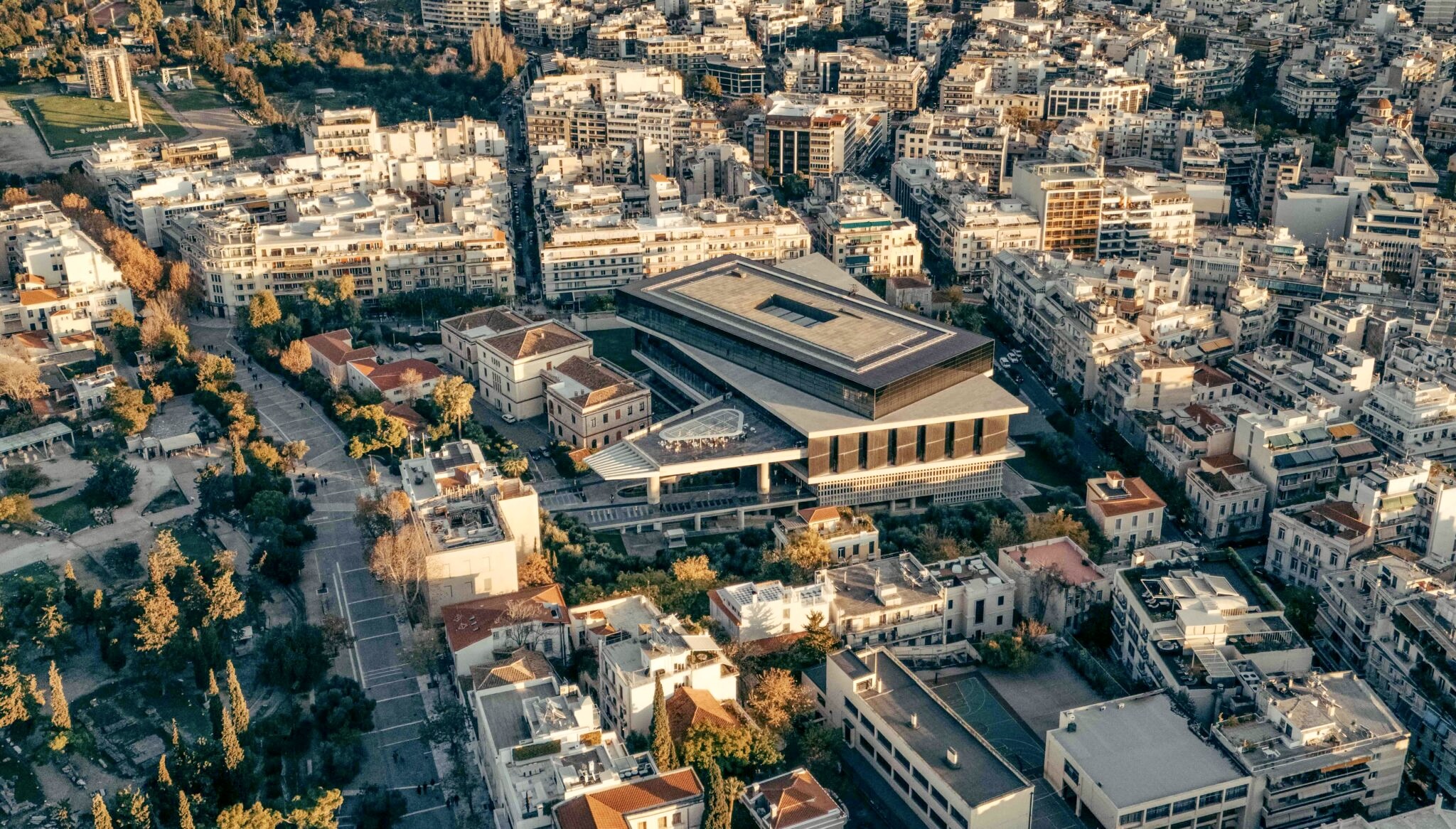The world’s most famous marathon is graced by the presence of runners from all corners of the globe, some running for victory, others for the experience and others to push their limits. Crossing part of Eastern Attica and ending at Kallimarmaro, the Classic Marathon holds beautiful surprises for all, young and old, even for non-runners. Besides, it’s no secret that Attica –a safe and attractive multi-dimensional destination- offers visitors unforgettable experiences throughout the year.
Let’s go back to September 490 BC, when an Athenian soldier – supposedly Pheidippides – ran 42,195 km from Marathon to Athens to bring the good news to the city, namely the victory against the Persians. The only thing he managed to say was the now famous word “Νενικίκαμεν” (nenikḗkamen, “we are victorious”) and dropped dead of exhaustion. This route, thousands of years later, would become the most famous route and one of the most important sporting events in the world.
The revival of this route and its inclusion in the Olympic Games is due to the French philhellene and linguist Michel Bréal, who proposed to the founder of the Olympic Committee – in 1896, the year the first modern Olympic Games were held – to include in the programme the Marathon-Athens route following the steps of the Athenian soldier who carried the message of victory. It is said that he did not know the exact distance when he made the above proposal and that as soon as he found out he tried to withdraw it, 42 kilometres is not a short distance, but the Games’ programme had already been printed and sent out to many countries.
The first Marathon was held in 1896, together with the revival of the Olympic Games, and was won by Spyros Louis. However, the first international non-Olympic Marathon was held in October 1955, recurring biennially until 1967. From 1967 onwards, it was established as an annual event, while from 1972 to 1982 SEGAS (Hellenic Athletics Federation) held another race for all athletes and non-athletes alike. 1974, the year in which women were given the right to participate is another important milestone in the history of the Marathon. The Authentic Classic Marathon is now held every year in November, bringing together all of Attica to participate in a world-class sporting event, which this year takes place on Sunday 14 November.
Those who do not participate in the race can follow the classic route, deviating occasionally and discovering points of archaeological interest and beyond, all the way from Marathon to Athens. The Marathon Starting Line is one of them. Stand for a moment at the starting line, close your eyes and try to imagine the mental strength and dedication of this Athenian soldier who ran 42 kilometres on dirt roads, without wearing special shoes, in order to carry the message of victory. In the Marathon Run Museum you may learn the Marathon’s history and admire at the Spyros Louis collection –featuring the medal of the winner of the first Marathon of Athens in 1869, as well as the diploma of his participation-, the Olympic torches, the collection of the Balkan champion “Gregory Lambrakis” etc.
The Archaeological Museum of Marathon, whose exhibition spans five rooms and includes finds from the Neolithic to the late Roman period, as well as the Middle Helladic tombs, is located in the area of Vrana. In addition, the Mycenaean vaulted tomb in Arnos, just a few metres away from the Vrana Tumuli, is also impressive. Turning off Marathonos Avenue, before you reach the museum, there is another very interesting site, the Early Helladic Cemetery at Tsepi. The graves, over 60 in number, are either built pits or pits lined with upright slabs.
On the other side of Marathon, towards the beach, lies the tomb of the Athenian fighters of Marathon. There are 192 Athenian soldiers buried there, who lost their lives in the battle against the Persians. The burial mound reaches a height of nine metres. Another point of particular interest is the Sanctuary of the Egyptian Gods, in the small marsh of Nea Makri beach, in Brexiza. The excavations revealed part of the sanctuary complex, a luxurious bath and a cistern -an ellipsoidal building to the south of the site. The sanctuary was founded by Herod Atticus around 160 AD and was dedicated to the god Osiris and the goddess Isis.
These are some of the least popular and almost unknown points of interest of the classic Marathon route. As the route nears its end, one can visit unique museums and monuments of Athens such as the War and Byzantine museums or the Benaki and Cycladic Art museums on Vasilissis Sofias Avenue, which feature excellent collections. In addition, the National Gallery on Vassileos Konstantinou Avenue and the Aristotle’s Lyceum on Rigillis Street behind the Conservatory, the Zappeion, the Maximos and the Presidential Mansions, the National Garden –an ideal spot for a coffee in nature- and of course Kallimarmaro, the end of the route in the shadow of Ardittos Hill, are some of the most important sights.
The Classic Marathon will take place on 13 and 14 November 2021
Organised by SEGAS and co-organised by Attica Region, the Municipalities of Athens and Marathon, as well as the Hellenic Olympic Committee, the Authentic Classic Marathon will be held on 13 and 14 November 2021 in Athens.
The Authentic Marathon takes place based on the planning of the Federation and consultations with the competent bodies and organizations of the Greek State and always in accordance with the Health Protocol of the General Secretariat of Sport.
In the framework of the rules and the Public Health Protocol, only runners who are fully vaccinated or can show proof of recovery, up to 15 days before the receipt of their entry material from the Registration centre, are entitled to register and participate in the Athens Marathon 2021. Registration will be completed no later than 25 October 2021.



